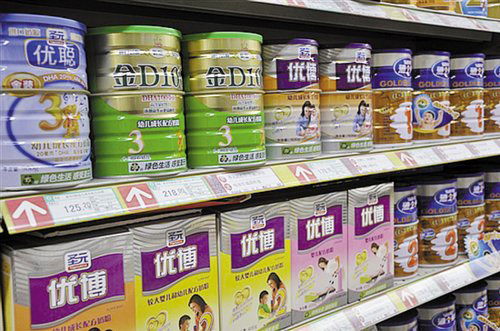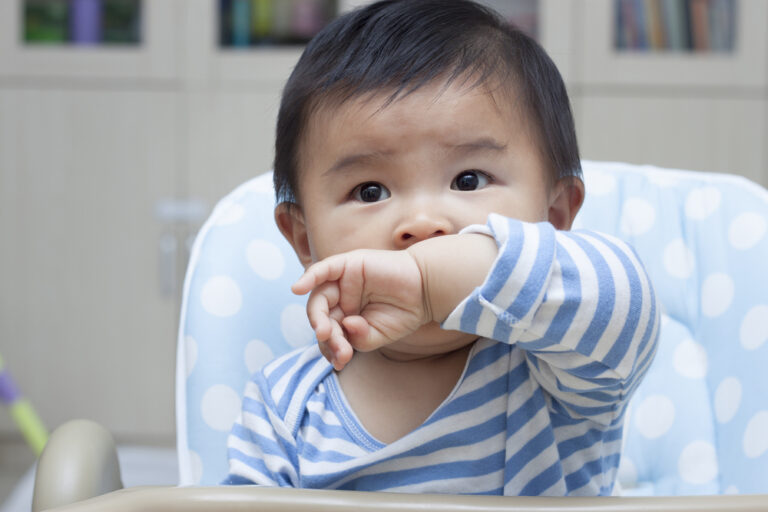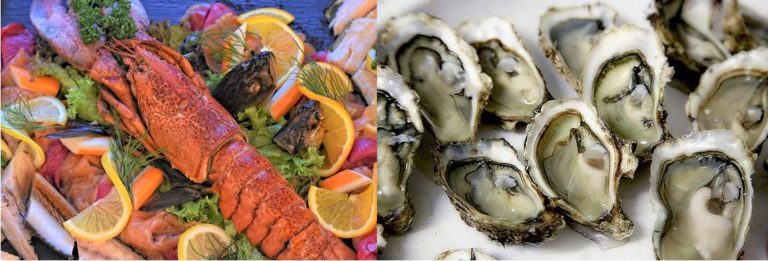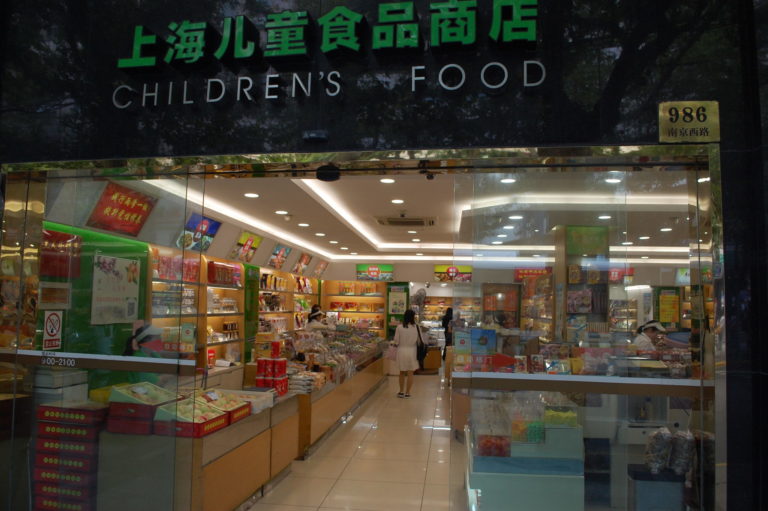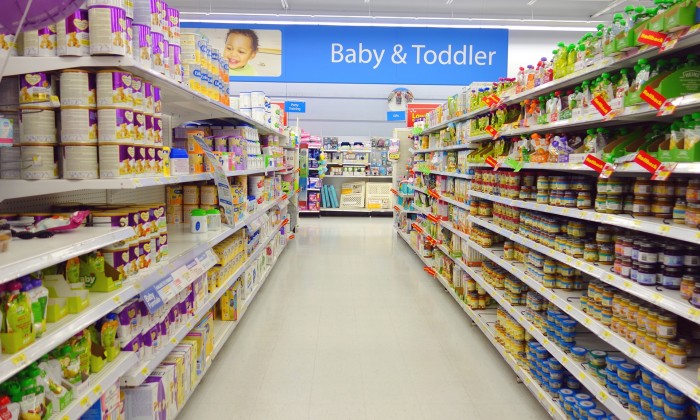
Product launch & naming project in China in the baby food market
Product launch in the baby food market in China Product launch in the baby food market in China. China is the world’s largest market for infant formula, which is the biggest segment in baby food. It is expected to grow immensely. According to forecasts, the sales value will reach CNY 250 billion by 2020 in comparison to 2015 when it amounted to CNY 122 billion. There are several reasons for the steady growth in this


